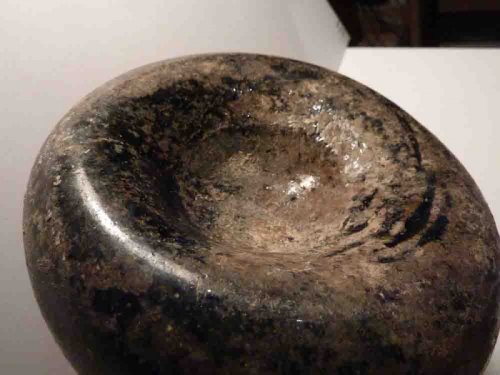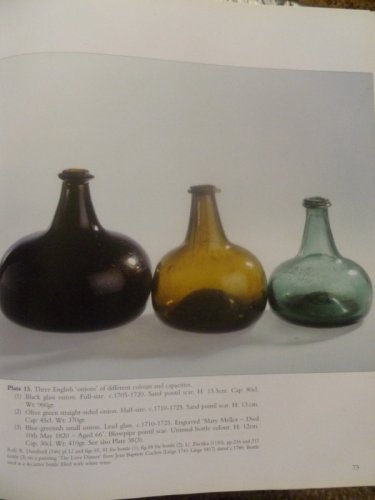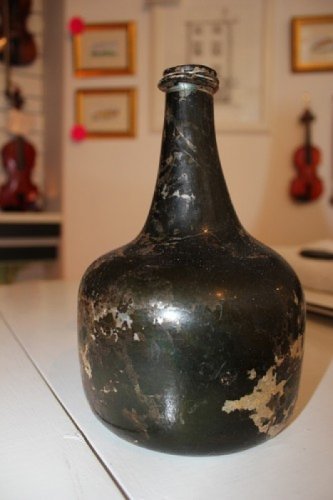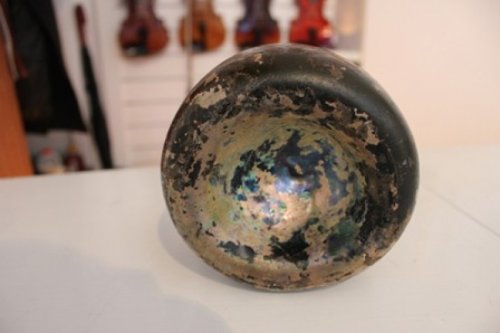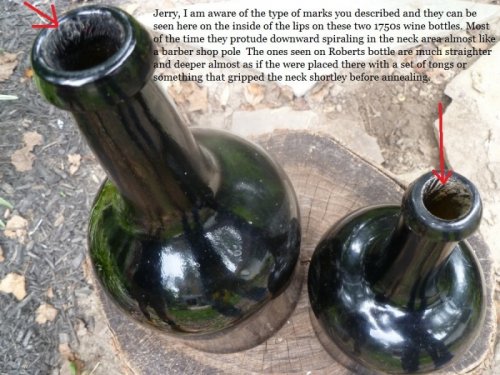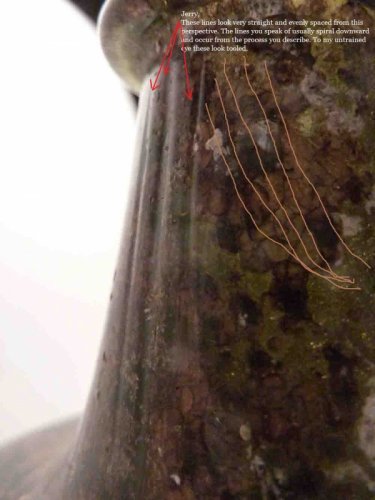AP_EFFECTS
Member
- Joined
- Sep 14, 2013
- Messages
- 13
- Reaction score
- 0
- Points
- 1
Deepbluedigger thanks for your knowledge, I’m adding a better close-up of the base - it looks like in the initial concave there’s a smaller one that’s edge is well defined( approximately the diameter of a tennis ball. Would this have been made by a former to push the base into shape? Is the second more defined indentation standard for bottles of that age?
I just got some info on the history of Hampstead. The site was located on road down from Burgh House
Fenton House was built in 1693. It takes its name from an 18th century merchant called Philip Fenton, who lived there.
In the 18th century Hampstead became a spa town after a certain Dr Gibbons discovered that water from the spring had healing properties.
In the 18th century many grand houses were built in Hampstead. Burgh House was built in 1702. (It now houses a museum) .Kenwood House was first built in 1616. It was rebuilt in the 1760s for the First Earl of Mansfield by Robert Adam.
In the 18th century Hampstead contained a marsh called Hatches Bottom. In the 1770s it was drained and in 1800 it was built upon and it was renamed rather optimistically, Vale of Health.
Hampstead grew rapidly in the 18th century as rich Londoners moved there. By 1801 Hampstead had a population of 3,343. It would seem small to us but by the standards of the time it was quite a large place. Many provincial market towns were smaller.

I just got some info on the history of Hampstead. The site was located on road down from Burgh House
Fenton House was built in 1693. It takes its name from an 18th century merchant called Philip Fenton, who lived there.
In the 18th century Hampstead became a spa town after a certain Dr Gibbons discovered that water from the spring had healing properties.
In the 18th century many grand houses were built in Hampstead. Burgh House was built in 1702. (It now houses a museum) .Kenwood House was first built in 1616. It was rebuilt in the 1760s for the First Earl of Mansfield by Robert Adam.
In the 18th century Hampstead contained a marsh called Hatches Bottom. In the 1770s it was drained and in 1800 it was built upon and it was renamed rather optimistically, Vale of Health.
Hampstead grew rapidly in the 18th century as rich Londoners moved there. By 1801 Hampstead had a population of 3,343. It would seem small to us but by the standards of the time it was quite a large place. Many provincial market towns were smaller.


